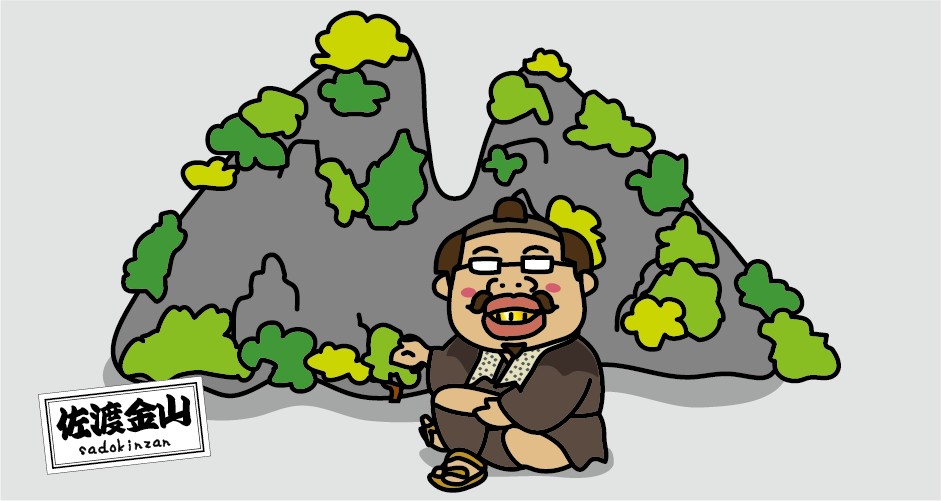There is a 12.5kg solid gold bar at Sado Gold Mine Museum, but I couldn’t get it out with one hand!
The Sado Gold Mine (officially named Aikawa Gold and Silver Mine) is the largest gold and silver mine in Japan, located on Sado Island in Niigata Prefecture. It was mined for 388 years from its discovery in the Edo period (1601) to its closure in the Heisei period (1989). The total length of the tunnels is 400 km, of which about 300 m is open to the public as a sightseeing course at the “Historic Site: Sado Gold Mine”.
At the “Historic Site: Sado Gold Mine,” visitors can see the remains of two tunnels: Sodayu-ko, which was dug by hand in the early Edo period (17th century), and Doyu-ko, which was excavated after the Meiji period (mid-19th century).
A tour of the Edo-era tunnel “Sodayu-ko”
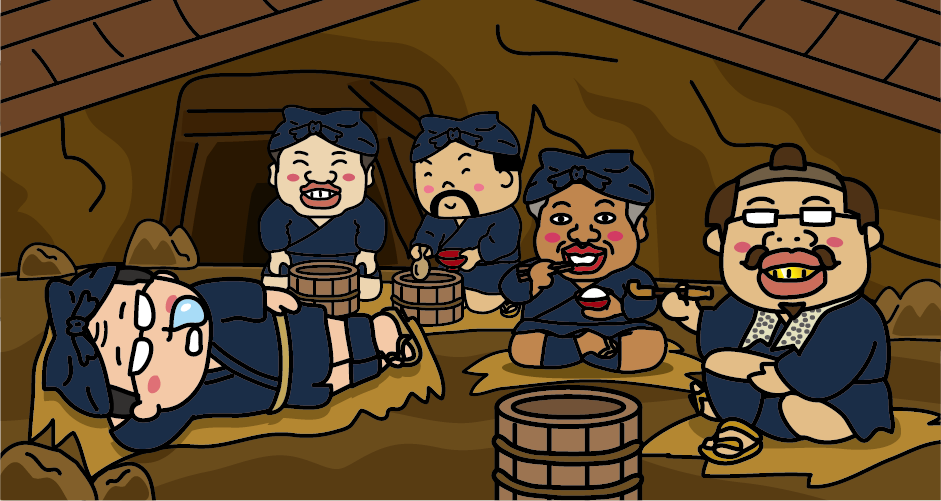
Sodayu is the name of a Yamashi (manager of a mine). At the Sodayu-ko (“Edo Gold Mine Picture Scroll Course”), about 70 dolls are set up to faithfully recreate the mining scenes of the Sado Gold Mine depicted in picture scrolls from the Edo period. This course is recommended for first-time visitors to the Sado Gold Mine. The most popular exhibit at Sodayu-ko is a break scene in which Kanahori carpenter says, “I can’t wait to get out and drink sake. I wish I could see my familiar woman, too.” Many tourists come to the mine to hear this line.
A tour of the Meiji-era tunnel Doyu-ko”
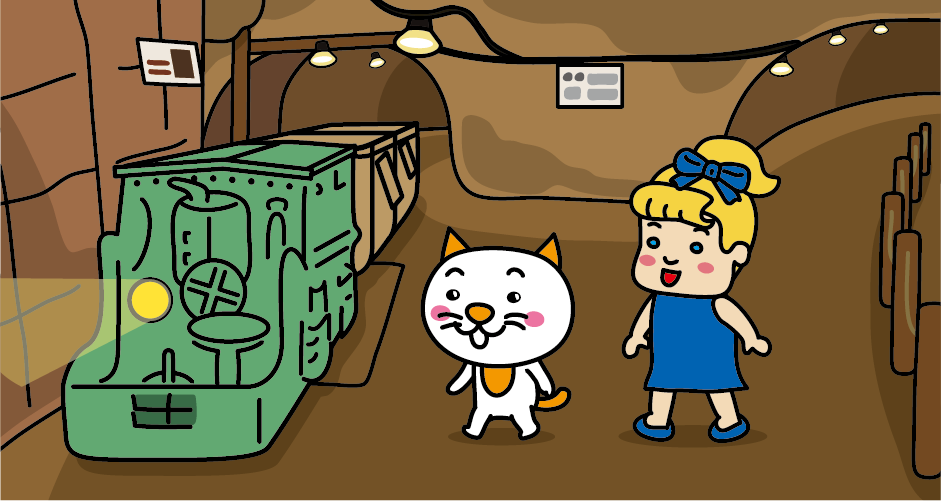
At the Doyu-ko (“Meiji Government Mine Course”), visitors can see the remains of the tunnel that was mined from its opening in the Meiji Period (1899) until it closed in the Heisei Period (1989), as well as modern facilities such as trolleys and a machine factory, all in their original state of operation. You can see a completely different type of tunnel from the “Sodayu-ko” from the Edo period.
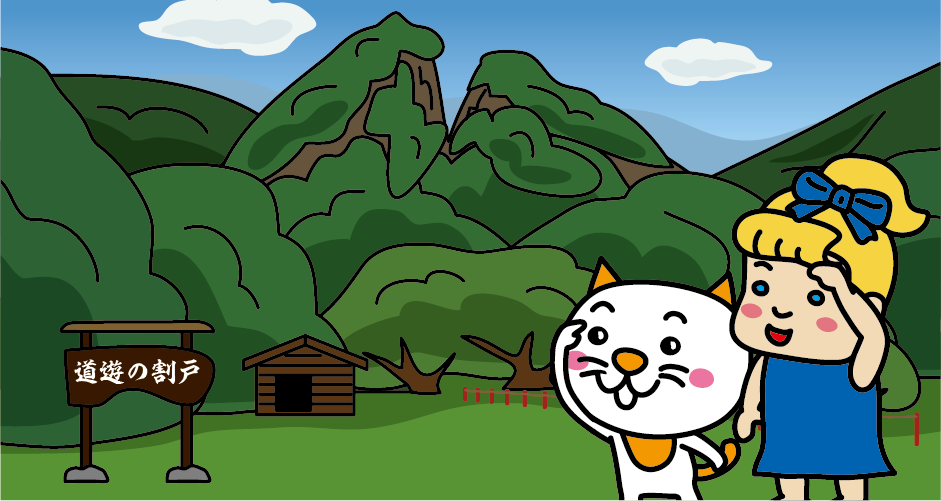
The best part of the Doyu-ko course is the spectacular view of the Doyu no Warito from the machine factory. Doyu no Warito is a symbolic mountain of the Sado Gold Mine, where gold ores exposed on the surface were dug by hand from the top of the mountain, resulting in the 252-meter-high mountain being split in half. It takes about 10 minutes to get to the bottom of Doyu no Warido from the machine factory. Right below the Doyu no Warito, there are the remains of a tunnel where dynamite was used in mining after the Meiji period, which can be seen from close up. Although it is now collapsed in the middle, it used to be connected to the Doyu no Warito and Doyu-ko. This is the origin of the name Doyu-ko.
MR experience “ISLAND MIRRORGE”
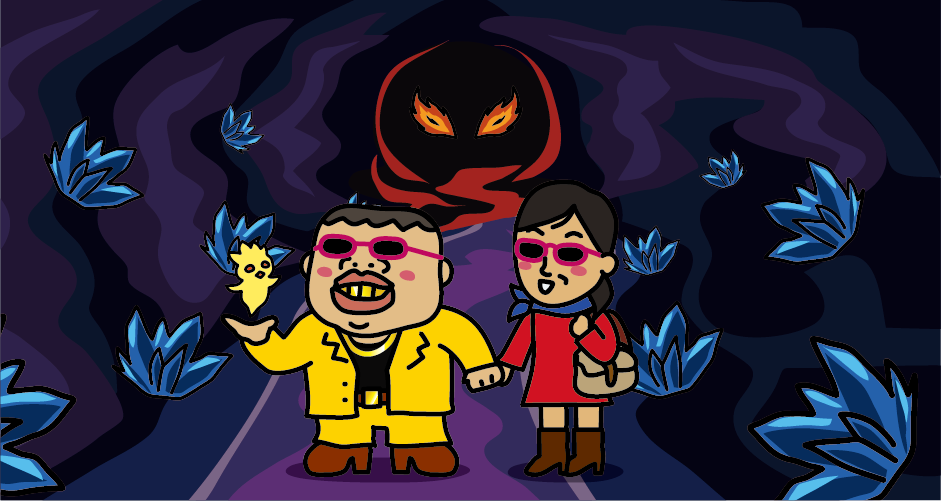
Visitors can also enjoy an attraction called “ISLAND MIRRORGE,” wearing MR glasses and actually walking through the tunnel at the Doyu-ko. When you put on the MR glasses, fantastic images and music are played. “MR” is a technology that allows users to wear special goggles to project computer graphics into the real world. Multiple people can experience the same MR space at the same time. (Reservations must be made at least one day in advance for the attraction.)

“ISLAND MIRRORGE” is a dark fantasy story that takes place in the tunnel of the Sado Gold Mine. It is about exploring the tunnel to complete missions along with “Aulu,” the Golden Light Stone Fairy, while monsters appear at the Sado Gold Mine, a place where historical heritage and an alternate world intersect, beyond time and space.
Sado Gold Mine Museum
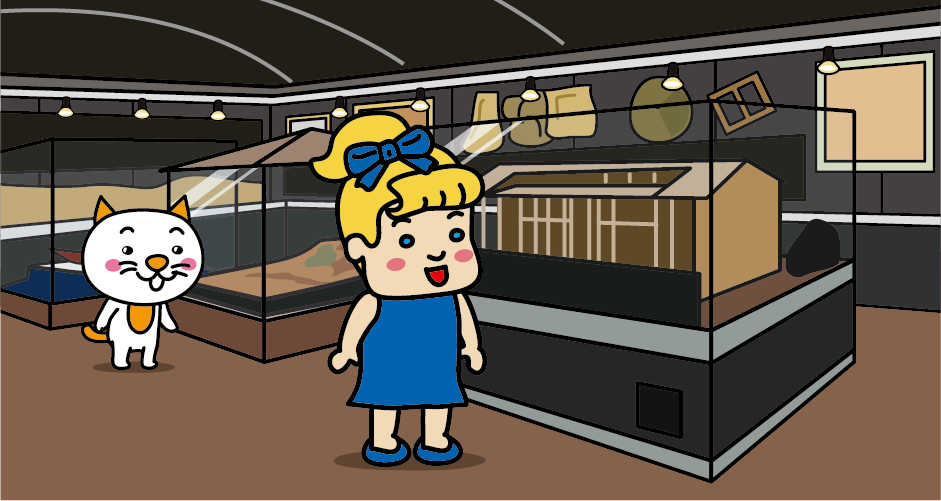
In the exhibition museum of “Historic Site: Sado Gold Mine,” 500 miniatures and models reproduce the workings of the Sado Gold Mine in the Edo period (from mining to smelting and processing into an oval gold coin, koban), as depicted in the “Sado Gold Mine Picture Scroll”.
Gold bar extraction challenge
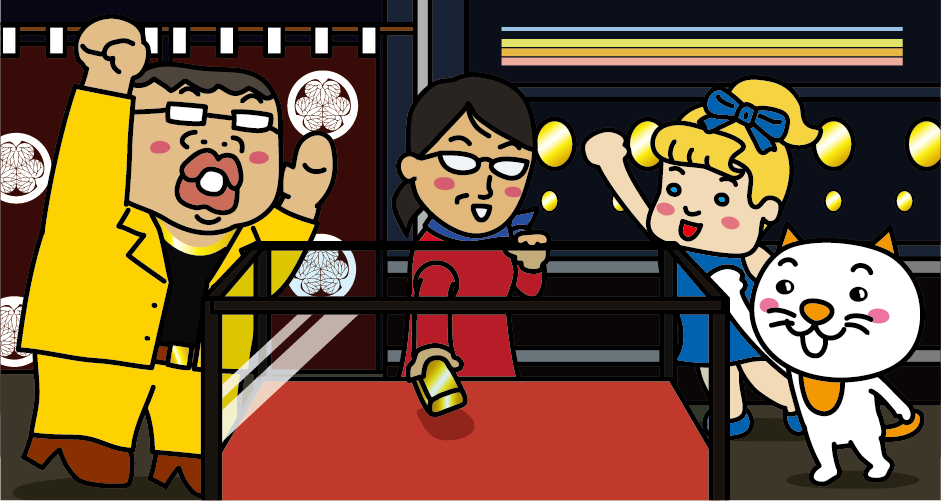
Visitors can also try taking out a solid gold bar valued at 100 million yen from a box at the exhibition museum. If you can take out a solid gold bar weighing 12.5kg from the box, you will receive a prize.
Tunnel tours for advanced and enthusiasts
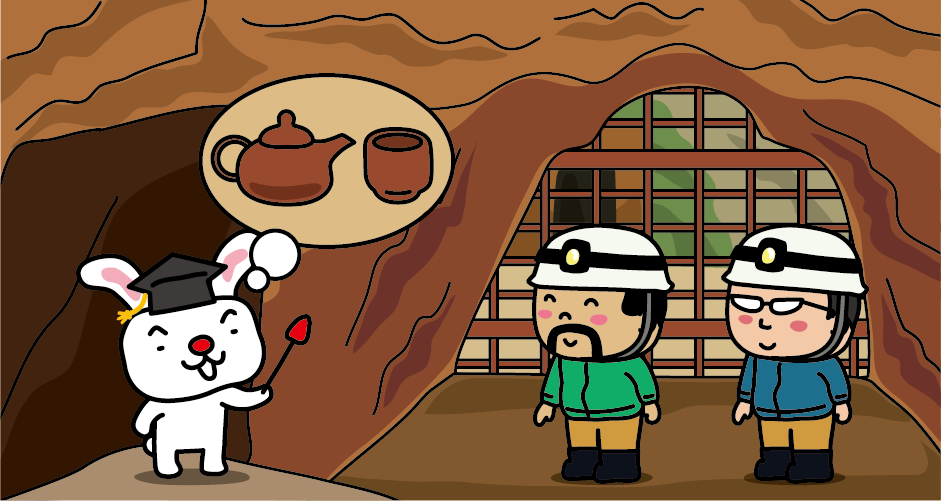
Apart from the “Sodayu-ko” and “Doyu-ko” courses, which have been developed for sightseeing, there is also the “Yamashi Tour” for advanced and enthusiastic visitors to the preserved and untouched tunnel from the Edo period. This guided tour allows visitors to explore the Mumyoi-ko, where red rocks used to make Mumyoi ware, a specialty of Sado Island, were mined, and the Ogiriyama-ko, where two tunnels were excavated simultaneously to prevent air shortages in the tunnels, as if you were a Yamashi. Boots, flashlights, and raincoats are available for rent. Reservations are required at least one day in advance.
Access to Sado Gold Mine
From Tokyo
It takes about 2 hours from JR Tokyo Station to JR Niigata Station by Joetsu Shinkansen. It takes about 15 minutes by local bus from JR Niigata Station to Niigata Port.
From Osaka
It takes about 1 hour from Itami Airport to Niigata Airport. It takes about 25 minutes by shuttle bus from Niigata Airport to Sado Kisen Niigata Port Terminal.
From Sado Kisen Niigata Port Terminal to Sado Kisen Ryotsu Port Terminal, it takes about 1 hour by jetfoil and about 2 hours and 30 minutes by car ferry.
I It takes about 1 hour by car from Ryotsu Port to Sado Gold Mine. Alternatively, it takes about 1 hour 15 minutes from Ryotsu Port Sado Kisen Bus Stop to Sado Kinzan-mae Bus Stop by route bus (main line). Alternatively, from the Ryotsu Port Sado Kisen bus stop to Kirarium Sado bus stop, it takes about one hour by route bus (main line). At Kirarium Sado Bus Stop, transfer to the Aikawa Loop Line (bound for KInzan) and it takes about 15 minutes from Kirarium Sado Bus Stop to Sado Kinzan-mae Bus Stop.
